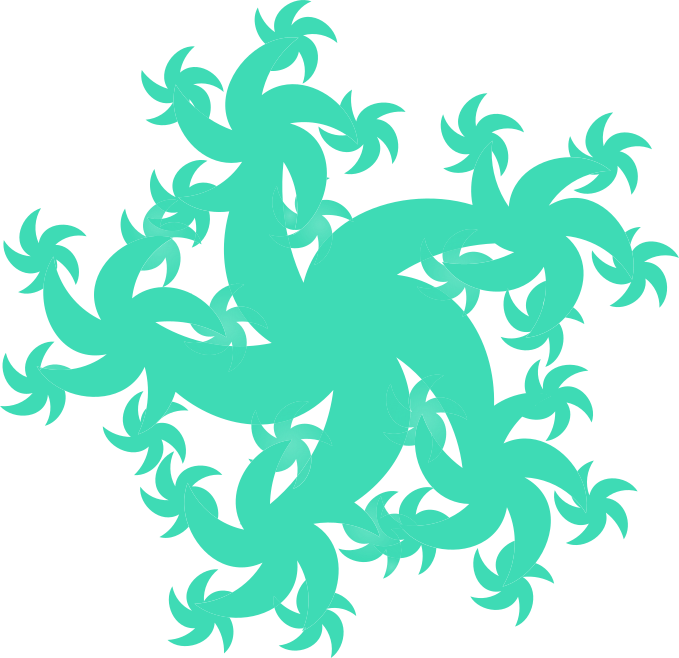
DMT
{The Spirit Molecule, Jungle Spice, Dimitri, the Businessman’s trip, Fantasia}
Put your brand in front of thousands monthly and support the growth of harm reduction.
Tripsitter
1
Set
2
Setting
3
DMT (or N, N-Dimethyltryptamine) is an extremely potent and short acting psychedelic drug, often called the spirit molecule. DMT can come as crystals, which can vary from white (purer) to orange sticky crystals (higher presence of DMT oxide). It’s rarely sold by street dealers and typically sourced via the dark web. Crystal DMT is typically smoked in a pipe with effects coming on very quickly and lasting around 15 minutes.
DMT is similar in structure to melatonin (a hormone that regulates the sleep–wake cycle) and serotonin (a monoamine neurotransmitter that contributes to feelings of well-being and happiness) and occurs naturally in all mammals in minute quantities. It’s unique in that tolerance doesn’t seem to build up with use.
DMT was first isolated from Mimosa tenuiflora by Oswaldo Gonçalves de Lima and then first synthesised by Richard Manske in 1931. DMT has since been found in significant quantities in at least fifty different plant species. However, DMT containing brews from South America, known as ayahuasca or yagé, have been consumed for thousands of years. These use another plant in the brew which provides a monoamine oxidase inhibitor (MAOI) which makes it last much longer. We’ll make a guide on it soon!
The DMT experience is incredibly visual; users often report being contacted by strange entities or being transported to different dimensions. If you are not prepared for this, you are more likely to be overwhelmed and experience a bad trip. DMT also has profound effects on consciousness, so whilst it’s relatively safe physically, you can hurt yourself while in this disoriented state. It’s recommended to have a sober person present to monitor you whilst tripping (trip sitter).
References
Websites
https://psychonautwiki.org/wiki/DMT
https://www.medicalnewstoday.com/articles/306889.php
https://erowid.org/chemicals/dmt/dmt.shtml
https://erowid.org/library/books\_online/tihkal/tihkal06.shtml
https://erowid.org/chemicals/dmt/dmt\_culture1.shtml
https://www.legislation.gov.uk/ukpga/1971/38/contents
Papers
Barker, S. (2018). N, N-Dimethyltryptamine (DMT), an Endogenous Hallucinogen: Past, Present, and Future Research to Determine Its Role and Function. Frontiers in Neuroscience, 12.
Nichols, D. (2016). Psychedelics. Pharmacological Reviews, 68(2), pp.264-355.
dos Santos, R., Bouso, J. and Hallak, J. (2017). Ayahuasca, dimethyltryptamine, and psychosis: a systematic review of human studies. Therapeutic Advances in Psychopharmacology, 7(4), pp.141-157.
Strassman, R. J. (1984). Adverse reactions to psychedelic drugs. A review of the literature. The Journal of Nervous and Mental Disease, 172(10), 577-595.
Szabo, A. and Frecska, E. (2016). Dimethyltryptamine (DMT): a biochemical Swiss Army knife in neuroinflammation and neuroprotection?. Neural Regeneration Research, 11(3), p.396.
Put your brand in front of thousands monthly and support the growth of harm reduction.
